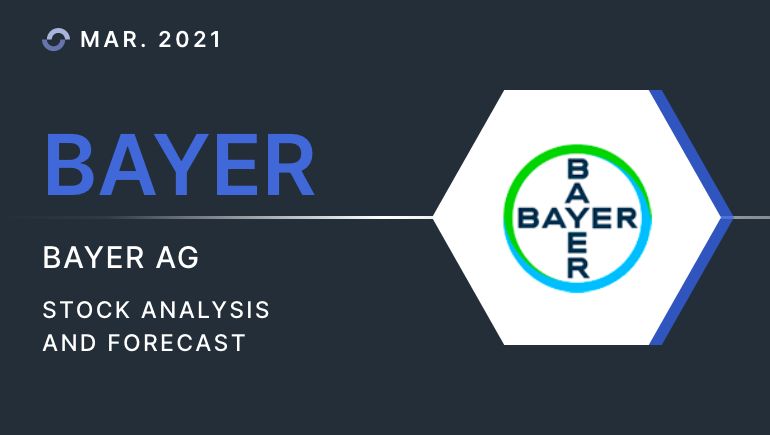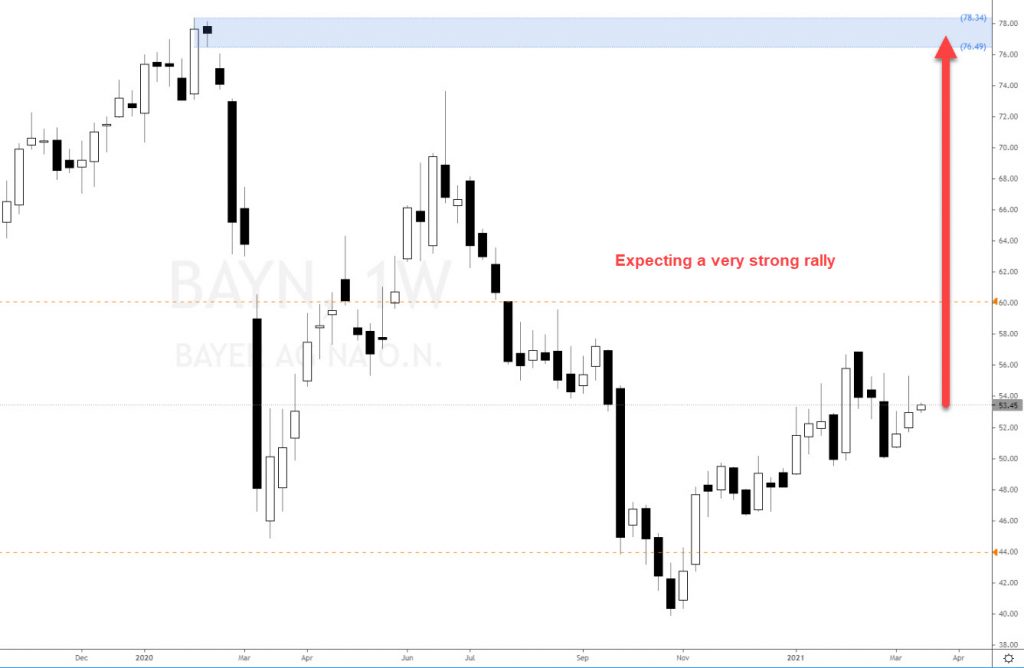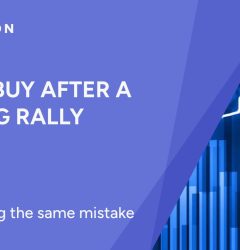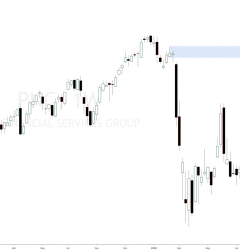15 Mar

Bayer stock is a life science company trading on the German stock exchanges with the symbol BAYN. The Company’s segments are Pharmaceuticals, Consumer Health, Crop Science and Animal Health. The Pharmaceuticals segment focuses on researching, developing and marketing prescription products and speciality therapeutics, especially in cardiology, oncology, gynaecology, haematology and ophthalmology, radio-pharmacology and others. The Consumer Health segment develops, produces and markets nonprescription over-the-counter.
Bayer AG stock is a German company trading on the German Stock Exchange. It is one of the world’s biggest and most important pharmaceutical companies. I doubt that you’ve ever heard from Bayer AG because its products range from the famous Aspirin to even “more popular” Viagra ? Now, I believe you are probably smiling and remembering this company ? Before starting to write this blog post on Bayer, I googled the company name to try and find some extra information I could add, that would either support or negate the strong rally we are expecting on this particular pharmaceutical German stock.
Pharmaceutical companies. Bayer stock
I read things like the statement below:
Bayer had said last month that it expected core EPS would drop €5.6-€5.8 in 2021.
Wouldn’t such an expected EPS be negative for the stock? Well, it seems that it’s not because the stock continues to rally. See below the weekly timeframe.

As supply and demand traders and price action technical analysts, we are expecting a powerful rally on the stock regardless of what the fundamental analysis and analysts are saying. I never cared about many analysts who are just giving their opinion based on an incomplete global view of what the global sentiment about the stock is telling us. Price action can tell us a lot, and they are just ignoring both price action and supply and demand imbalances.
I also read this statement about Bayer AG stock:
Bayer details the effect of the expiring patent on its best-selling Xarelto stroke prevention pill from 2024, forecasting the pharmaceuticals unit EBITDA margin as a percentage of sales coming in above 30% in 2024, down from 34.9% in 2020, before returning to sustainable growth in 2025.
Can you understand this statement’s nature or foresee any impact on the stock’s underlying price action? Because I can’t, and even if I could, I would prefer to put my limited time to use better. When it took me to read and try to understand the nature of these statements, I would have analysed probably 100 stocks out of more than a thousand that make my watchlist. To me, it’s a complete waste of time because why should my fundamental analysis be better than any of those expert analysts? I am not a good fundamental analyst and the worst fundamental analyst because I’ve learnt that it won’t help me take a high probably stock trade. But I am an excellent supply and demand and price action technical analyst.
Bayer Stock, price action analysis, using supply and demand strategy
This is the kind of price action technical analysis you will learn in our trading community. You will learn how to locate new supply and demand imbalances and trade without using any indicators, no news, no fundamental analysis, no earnings announcements, no volume or VSA analysis. Just supply and demand imbalances.
Trading supply and demand imbalances are ideal for beginners and those with a full or half time job, you won’t need to stay in front of the computer all day long trying to move price action with your mind.
As supply and demand traders, we do not need to pay attention to the news, fundamentals or any earnings reports. Once a big timeframe imbalance has gained control, earnings do just the opposite and react strongly to those imbalances. Why do you see positive earnings and then the underlying stock drops like a rock? Or a negative earnings announcement and the stock rallies like a rocket out of control? You are probably missing the fact that there are big imbalances gaining control.
Unless you are doing very short term trading and scalping, you should not worry about fundamentals or earnings announcements.
You can use these imbalances to plan your trades in lower timeframes. Trading is just waiting for the right trigger points and scenarios to present themselves. This game has got a name and it’s called the waiting game. We need to wait for the correct scenarios and setups to happen patiently. And wait for the price to pull back or dip into the price levels we want to trade, in our case. These price levels are made of supply and demand imbalances.
Join our supply and demand stock trading course to learn how to use our supply and demand trading strategy.
There are several ways of buying stocks and futures. When trading stocks, you can buy shares of the underlying stock. You can also use stock options strategies to go long or short at these specific supply and demand levels. Long calls or long puts or spreads. You can even buy CFD (contracts for difference) if you are in a country where it’s allowed.









